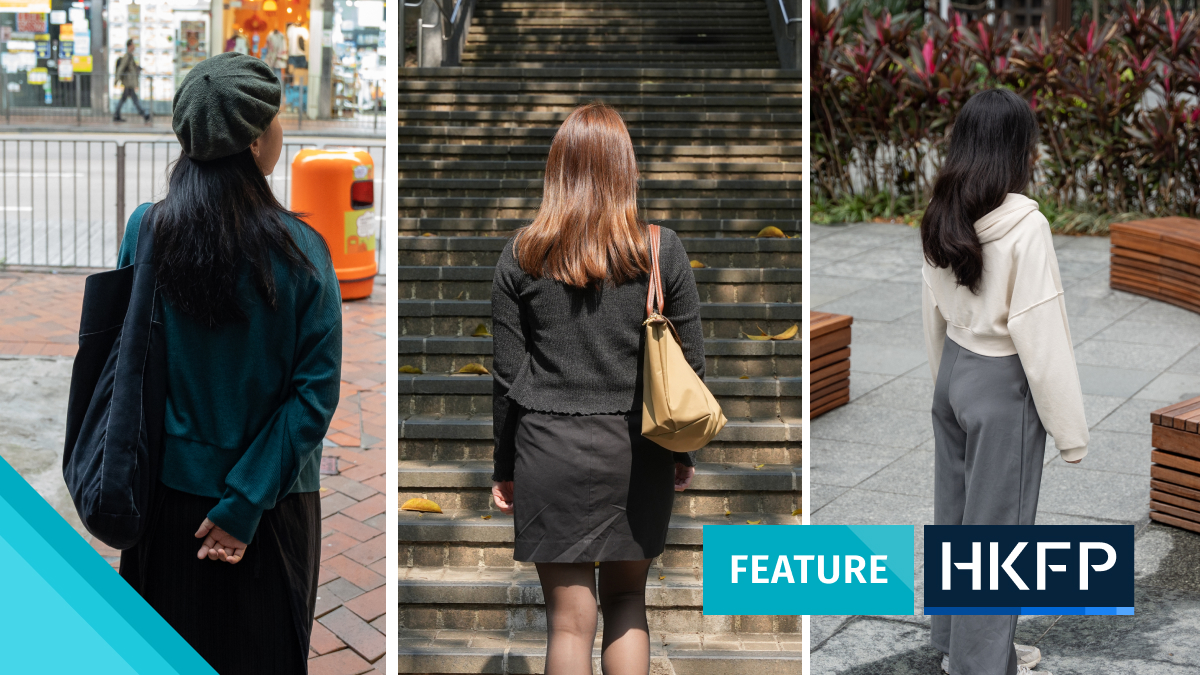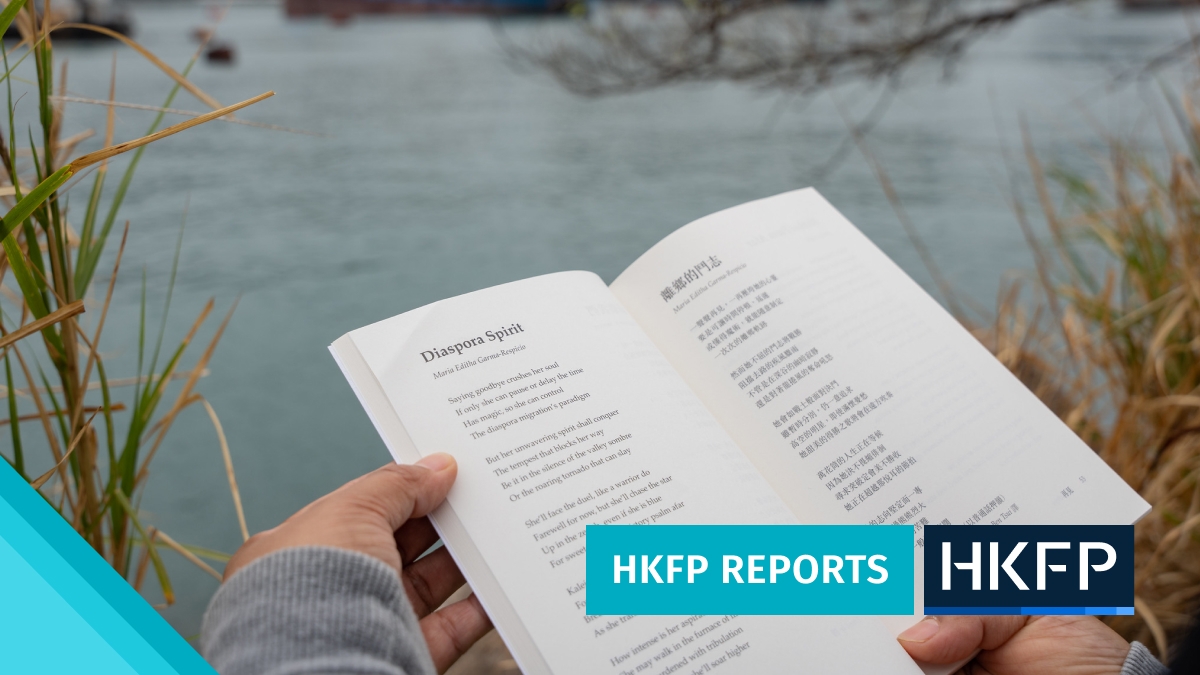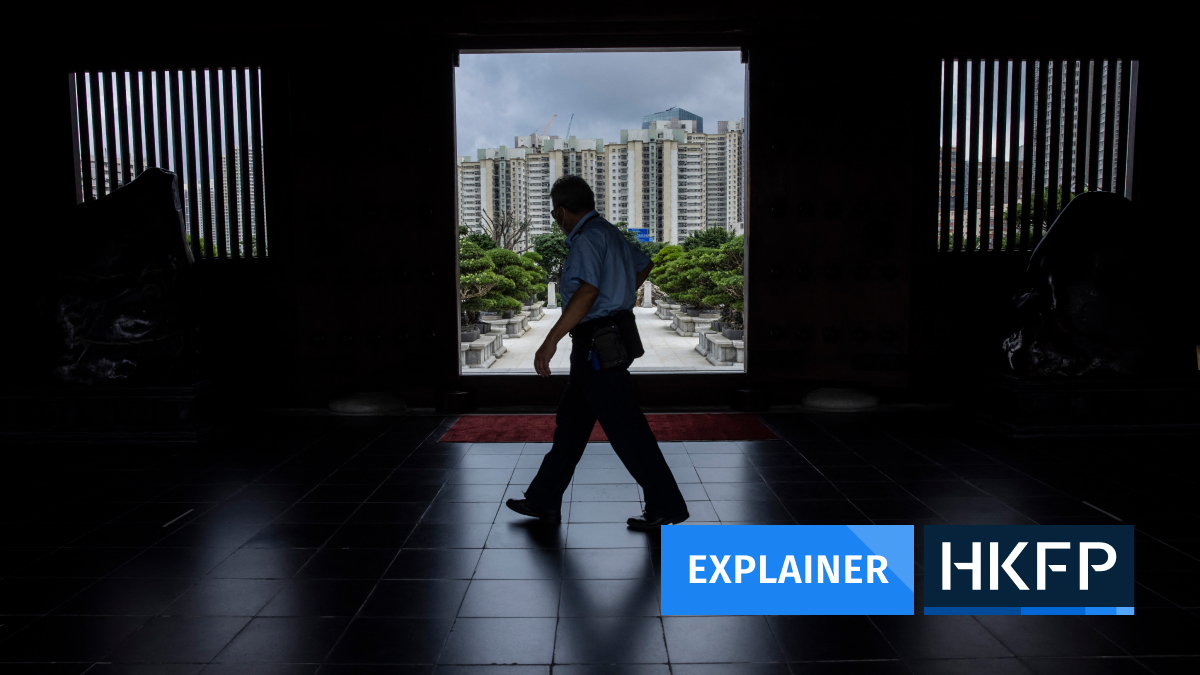The image of Hong Kong’s neon-lit streetscapes is, like the signs that lent their glow to those cinematic scenes, largely a thing of the past. But although bureaucracy has stripped many buildings of their illuminated adornments and left just a handful of neon masters to ply the dying trade, there are others dedicated to keeping the craft alive.
Artist Chankalun is one of them.

With a background in museum and set design, Chankalun, who is also known as Karen Chan, told HKFP’s Yum Cha podcast that she had always had a penchant for the “theatrical.” It was from a typically out-of-the-box idea that her passion for neon emerged.
“I organised and curated a group neon art exhibition called “My Life, My Hood” [in a car park]… basically trying to demonstrate how different artists are portraying Hong Kong or a very dear neighbourhood to them with an accent of neon,” Chankalun said. “Just like how neon is decorating our streets,” she added.
To help the artists add that accent of neon, Chankalun enlisted one of the city’s last neon masters, Wong Kin-wah, to offer a basic workshop. “That’s actually how I know how difficult it is to manipulate glass with fire,” she said with a laugh. It did not put her off pursuing neon as a medium, though. “I think maybe I love challenges,” she added.

Chankalun – A Bright Future for Hong Kong's Neon Heritage – HKFP Yum Cha
- Chankalun – A Bright Future for Hong Kong's Neon Heritage
- Carol Liang – Happy Hong Kong?
- Astrid Andersson – Wildlife Trade and Alien Invaders
- Xyza Cruz Bacani – Migrant Domestic Workers and the Children Left Behind
- Cynthia Cheng and Maxime Vanhollebeke – An Invisible Web of Workers
- Vaudine England – A City Between East and West
- Regina Ip – Matters of Security
- Emily Lau – Fighting Two Tigers
Apple | Spotify | Google Podcasts | Stitcher | Overcast | Amazon Music | Pandora | RSS
The next challenge came when trying to find a neon master who would teach her.
“I got rejected by the community here,” Chankalun said. Still, she persevered, finding a glass artist who was willing to help, despite never having tried neon bending. “He was watching YouTube videos the day before he taught me,” she said.
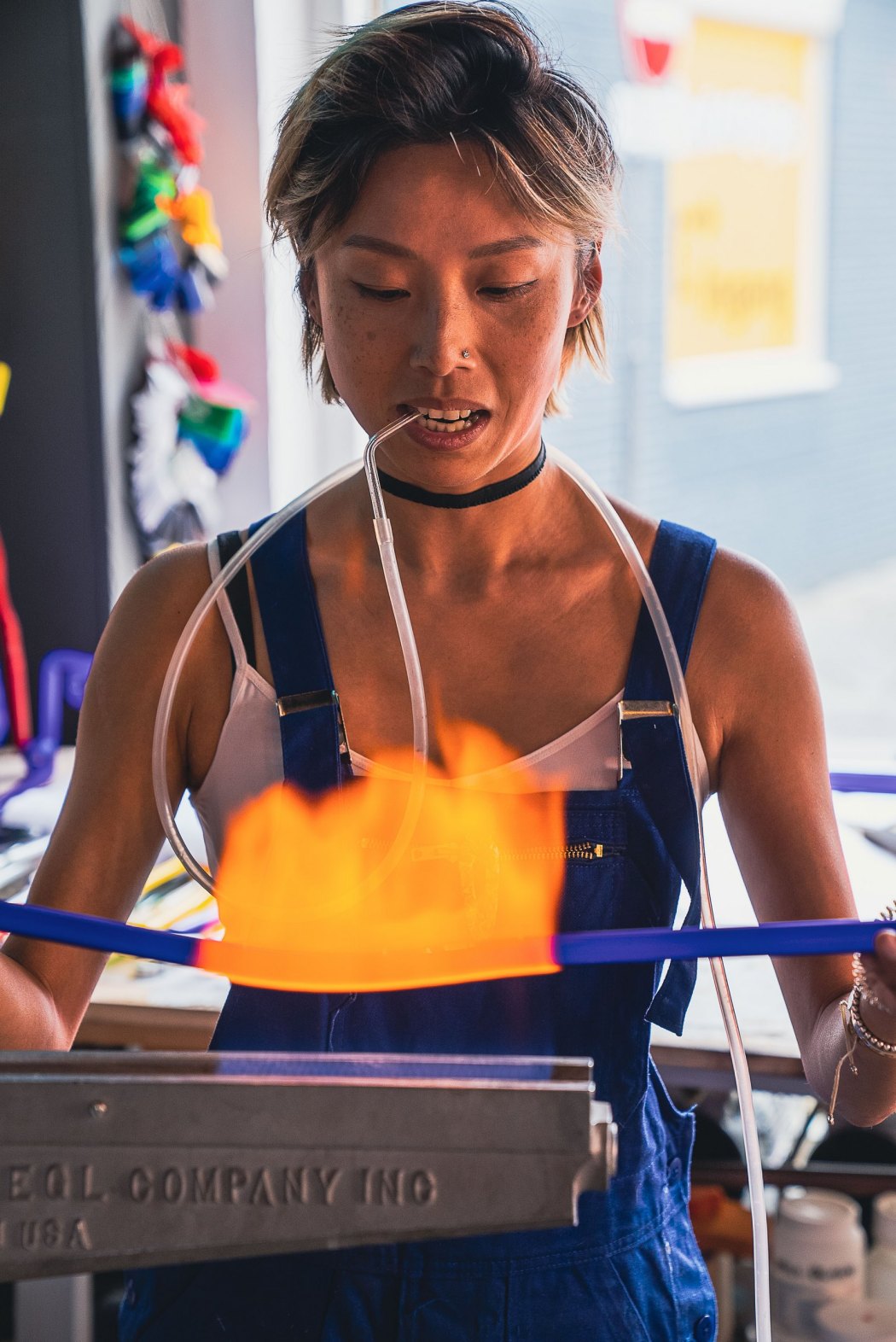
“That was when I started to like this medium,” Chankalun continued, drawing a similarity between Chinese calligraphy and neon. “You can shape it in the way you want, but once you kind of fuck it up… you can’t do much about it, but it can also be part of your expression. Kind of like Chinese calligraphy, where [you] would value expressions or even mistakes more than perfection.”
Chankalun’s persistence – and her willingness to make mistakes – paid off, and in 2019 her first ever neon creation was installed at Wonderfruit festival in Thailand.
That was just Chankalun’s first overseas stop as she sought out neon artists around the world from whom she hoped to learn.
While working with Dutch artist Remy de Feyter in the Netherlands, Chankalun asked how to achieve a flickering effect she had seen in another studio’s work, a question she had posed to Hong Kong’s masters with little success. De Feyter told her it required an oven.
“That’s the moment when… I was like, ‘Oh my god’,” Chankalun said. “If you trace back to why we have the neon trade in Hong Kong, it was back in the 50s and 60s and… it was a trade for bread and butter,” she continued.
“Hong Kong families wouldn’t have an oven because it’s Western.”
That realisation – that Hong Kong’s post-war neon benders were working with different equipment and within a different socio-economic framework – inspired Chankalun to investigate “how different countries developed neon based on cultural, geographical, historical factors.”
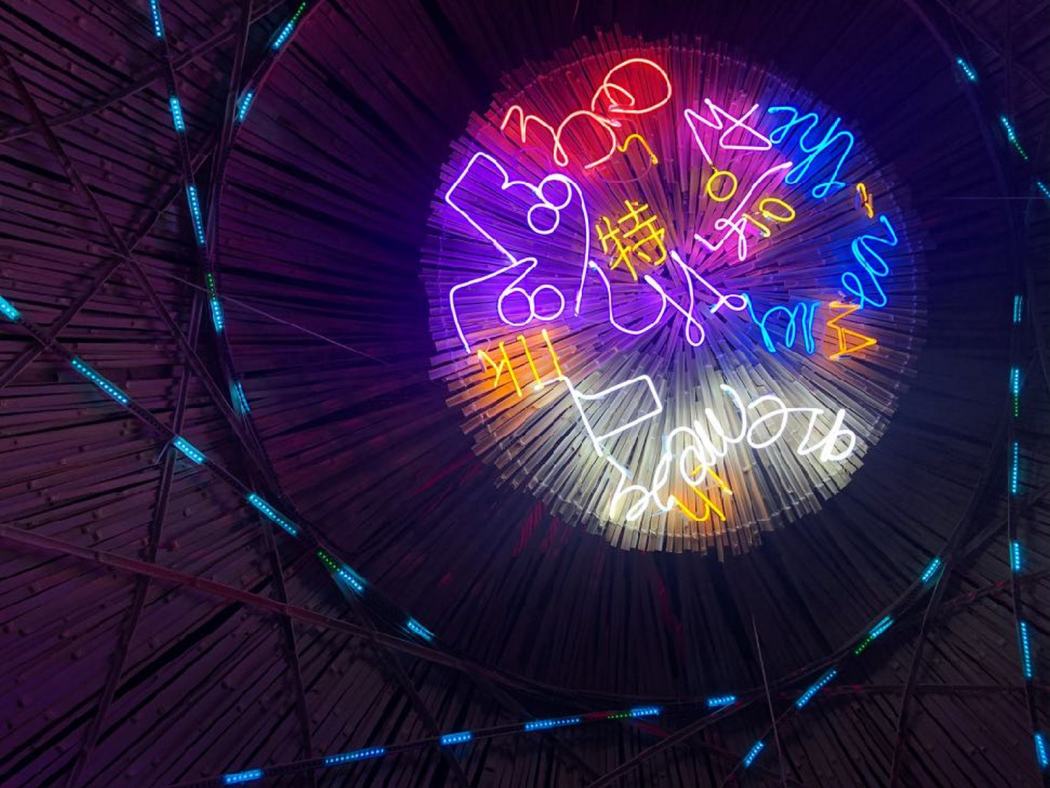
Her journey, a project she calls The Neon Girl, has taken her to France, Japan, Taiwan and the United States.
“I have learned so much… I understand my identity more, also the history of Hong Kong’s neon industry, and how we compare to other cultures,” she said.
Despite this, Chankalun has yet to be accepted by most of the city’s neon masters.
“A lot of people in the industry thought I wasn’t bending my own neon,” she said.
She proved otherwise when she created a large-scale neon sculpture in collaboration with Swiss skincare brand La Prairie called “Light as Air” for Art Basel in Hong Kong last year. Displayed in Tai Kwun, it was 10 metres long, five metres tall and three metres wide.
“I believe it was the first outdoor neon art installation of this scale in Hong Kong,” Chankalun said, later adding that she had one champion in the local industry. “I feel like master Wong is really proud of what I did,” she said, referring to the craftsman who first showed her how to bend glass to make neon.
For the others, Chankalun had a message. “I won’t be doing neon signs,” she said. “I’m just doing something experimental. I just want to break boundaries of what neon… is and I will keep doing that in my own way.”
HKFP Yum Cha
Chankalun’s episode was the final one of the first season of HKFP Yum Cha – which featured a diverse range of voices, from artists to scientists, who share their perspective on Hong Kong as it is today.
Listen and subscribe wherever you get your podcasts.
Support HKFP | Policies & Ethics | Error/typo? | Contact Us | Newsletter | Transparency & Annual Report | Apps
Help safeguard press freedom & keep HKFP free for all readers by supporting our team

Original reporting on HKFP is backed by our monthly contributors.
Almost 1,000 HKFP Patrons made this coverage possible. Each contributes an average of HK$200/month to support our award-winning original reporting, keeping the city’s only independent English-language outlet free-to-access for all. Three reasons to join us:
- 🔎 Transparent & efficient: As a non-profit, we are externally audited each year, publishing our income/outgoings annually, as the city’s most transparent news outlet.
- 🔒 Accurate & accountable: Our reporting is governed by a strict Ethics Code. We are 100% independent, and not answerable to any tycoon, mainland owners or shareholders. Check out our latest Annual Report, and help support press freedom.
- 💰 It’s fast, secure & easy: We accept most payment methods – cancel anytime, and receive a free tote bag and pen if you contribute HK$150/month or more.
MORE Original Reporting
HKFP has an impartial stance, transparent funding, and balanced coverage guided by an Ethics Code and Corrections Policy.
Support press freedom & help us surpass 1,000 monthly Patrons: 100% independent, governed by an ethics code & not-for-profit.





